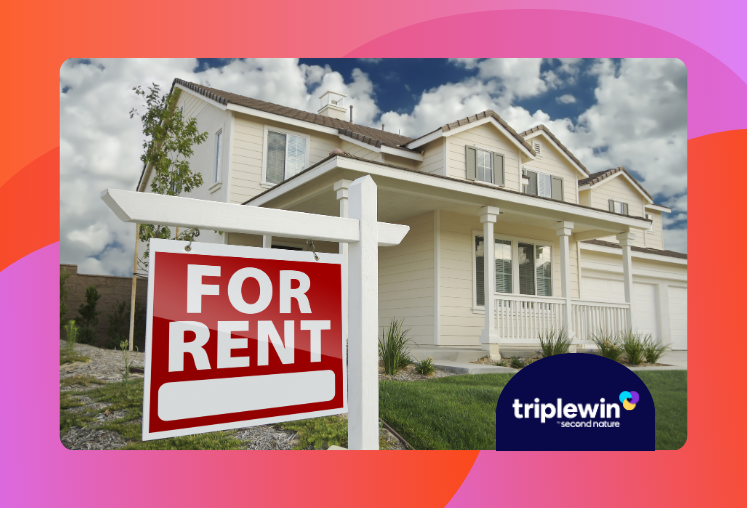Your resident benefits package from Second Nature just got stronger. We’re excited to announce the addition of On-Demand Pest Control, a convenient service for residents courtesy of our brand-new partnership with Pest Share.
What is On-Demand Pest Control?
On-Demand Pest Control is a service made available to residents through their RBP that allows them to request pest control services when needed, allowing for quick response and convenient timing instead of routine sprays. Treatment and coordination costs are included for all covered claims, so you can rest assured that you're getting the best possible service.
How Does On-Demand Pest Control Work?
The process is simple and easy, and is managed for you by Second Nature. Residents submit a request for pest control services through pest.residentforms.com and Pest Share assigns a service provider that will communicate directly with the resident in order to schedule service time.
How Much Does On-Demand Pest Control Cost?
As mentioned, the cost for these services are built directly into the RBP, so there is no bill for you or the resident. It’s simple, easy, and on-demand for the resident, and it’s a useful service you can provide them without adding admin hours. It also helps protect the assets of the investor, as residents are more likely to request pest control services when they aren’t concerned about footing a bill. It’s a triple win.
Residents don't have to worry about the lease saying who is responsible for pest control, it's already built-in for them. It's an easy button. - Brian Phelt, Forefront Property Management
What Pests Are Covered?
Pests that are often a resident's responsibility that PMs offer on-demand coverage for include bed bugs, fleas, ticks, mites, and cockroaches. Coverage can extend to other pests as well, and Pest Share offers different packaged coverages with certain packages that allow for customization to account for regional differences in common infestation problems.
What about pests that aren’t covered?
Pests that are not covered under the on-demand pest control service within the RBP can still be requested by the resident through the same process. The only difference is that the resident will be responsible for payment to the service provider themselves.
Ready to add on-demand pest control to your resident benefits package? Get a demo today!




